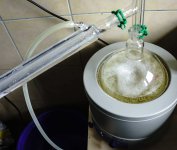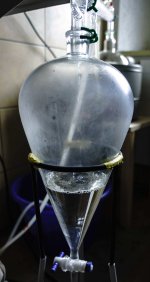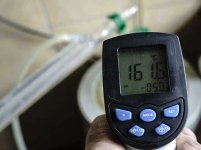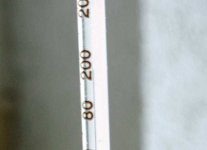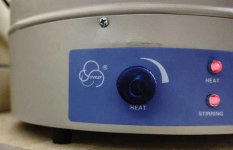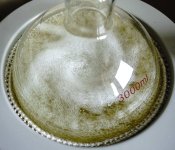Hey so Swim has a few liters of used yellow d-limonene that he would like to re-use. Many posts say the best way to clean it is through distillation, however they dont really go into details about the distillation of d-limonene.
Obviously heat, condense, and collect... but d-limo boils at 176 degrees C. Thats a really f'ing hot distillation! Are there any people that have done this? Is d-limo pretty safe to heat that high using a standard lab distillation set and a hot plate?
A main question I have is that since literature states you can steam distill d-limo from orange peels at 97 degrees C, is it possible to add a volume of water to your d-limo, and with mag stirring, distill over your d-limo + water at a much lower temp like 100 degrees C instead of 175 degrees C?
Obviously heat, condense, and collect... but d-limo boils at 176 degrees C. Thats a really f'ing hot distillation! Are there any people that have done this? Is d-limo pretty safe to heat that high using a standard lab distillation set and a hot plate?
A main question I have is that since literature states you can steam distill d-limo from orange peels at 97 degrees C, is it possible to add a volume of water to your d-limo, and with mag stirring, distill over your d-limo + water at a much lower temp like 100 degrees C instead of 175 degrees C?


